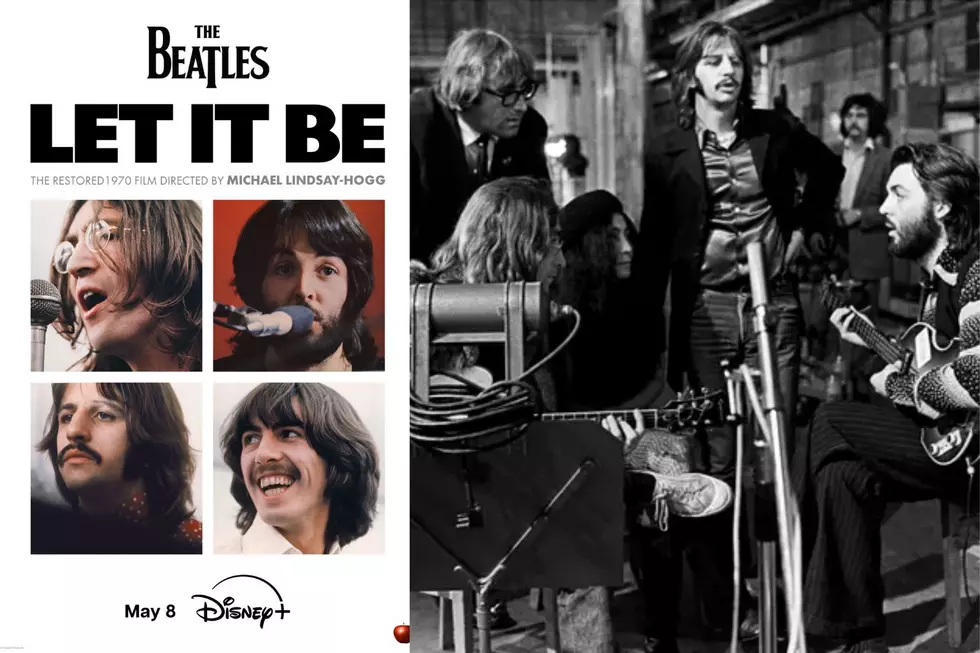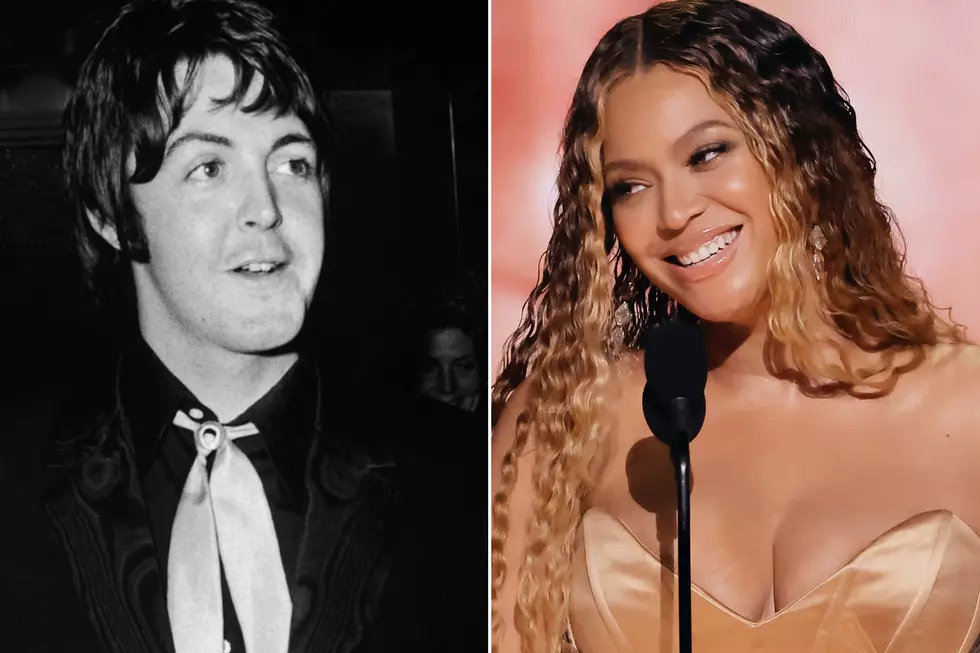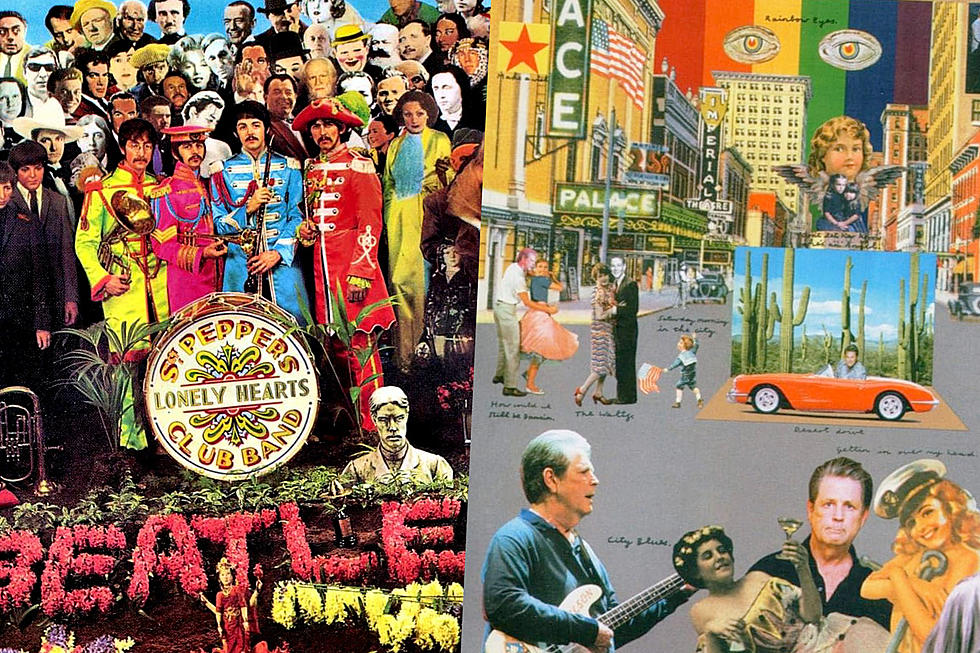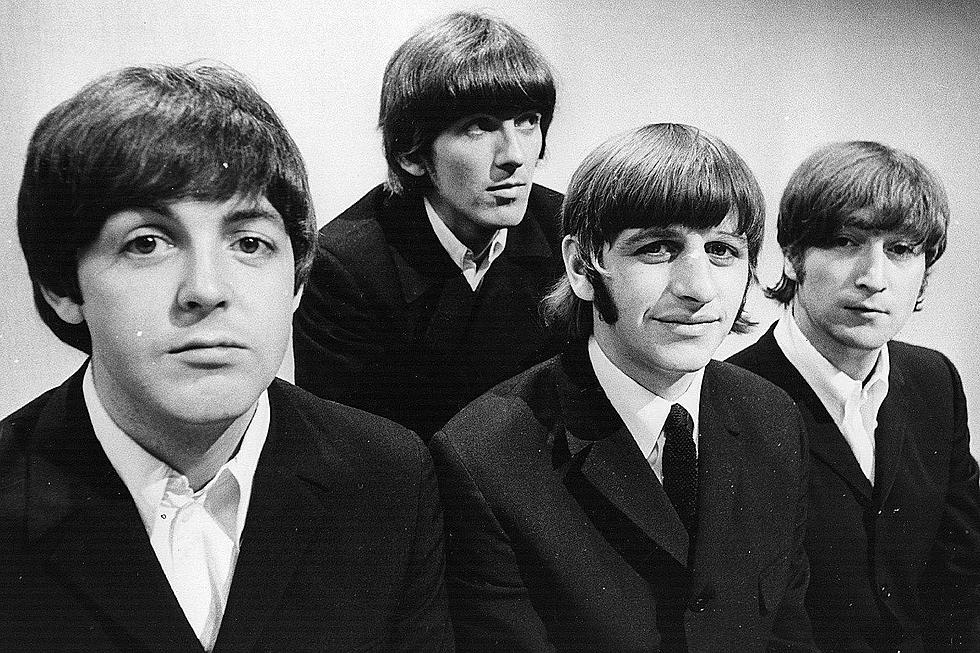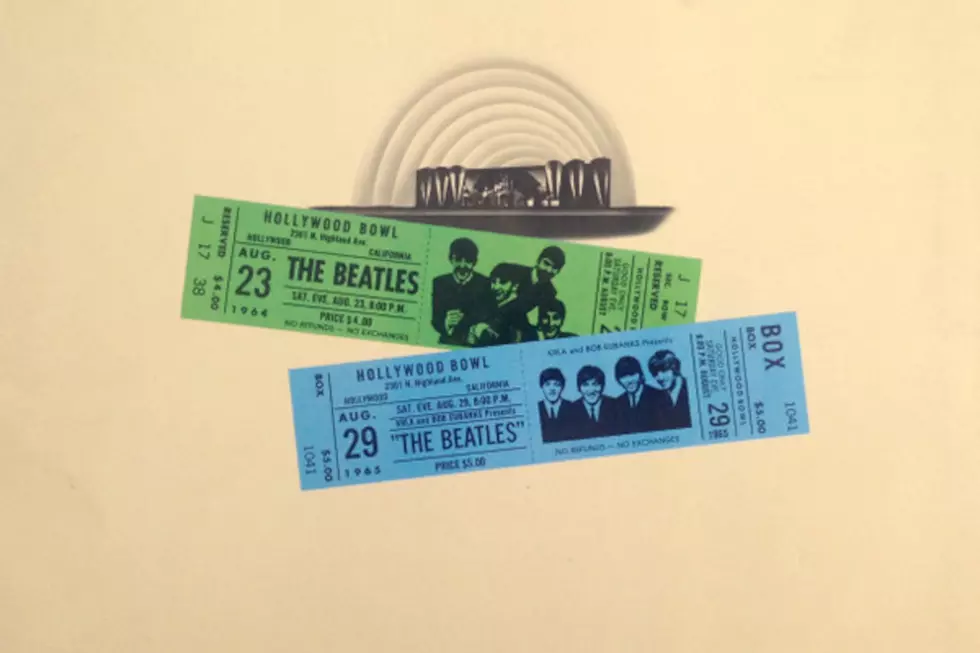
Why the First Live Beatles LP Took More Than a Decade to Arrive
The Beatles never released a live album while they were still together, though it wasn’t for lack of trying.
The group’s meteoric rise in fame had made them the biggest in the world. By 1964, Beatlemania had spread around the globe, and the Beatles’ U.S. label, Capitol Records, wanted to take full advantage.
When the idea for a live album was first brought up, producer George Martin wanted to record during their Feb. 16, 1964, performance at New York’s Carnegie Hall. A dispute with the American Federation of Musicians made it impossible, so everyone turned their attention toward a different date on the calendar: the Beatles’ first performance at the iconic Hollywood Bowl in Los Angeles.
They ended up playing a 12-song set on Aug. 23, 1964, in front of nearly 19,000 fans. The tape was rolling and the show was good – perhaps too good. The crowd was so enraptured by the Beatles' performance that the recordings were virtually useless, as screaming drowned out the music.
“We recorded it on three-track tape, which was standard U.S. format then,” Martin said in The Complete Beatles Recording Sessions. “You would record the band in stereo on two tracks and keep the voice separated on the third so that you could bring it up or down in the mix. But at the Hollywood Bowl, they didn’t use three-track in quite the right way. … The recording seemed to concentrate more on the wild screaming of 18,700 kids than on the Beatles onstage.”
Disappointed with what was captured, the live album was shelved – until the Beatles returned for another two performances at the Hollywood Bowl in late August 1965. The band’s team recorded both shows and was once again disappointed with the results.
The next few years would be prolific, as the Beatles proceeded to change the course of popular music. In all, they released eight albums, four of which – 1966's Revolver, 1967's Sgt. Pepper’s Lonely Hearts Club Band, 1968's White Album and 1969's Abbey Road – rank among the greatest in rock history. The Beatles broke up in April 1970, and their last-released album Let It Be arrived a month later.
Listen to the Beatles Perform 'Ticket to Ride' at the Hollywood Bowl
Phil Spector had assembled this infamously difficult final LP, so Capitol approached him about work his magic on the Hollywood Bowl tapes. Nothing came of the conversation. Then Martin received a call in 1977 from Capitol Records president Bhaskar Menon, who asked him to listen to the tapes again.
“My immediate reaction was, as far as I could remember, the original tapes had a rotten sound. So I said to Bhaskar, ‘I don’t think you’ve got anything here at all,’” Martin later recalled. “But when I listened to the Hollywood Bowl tapes, I was amazed at the rawness and vitality of the Beatles’ singing. So I told Bhaskar that I’d see if I could bring the tapes into line with today’s recordings.”
Martin recruited engineer Geoff Emerick and they began the arduous process of salvaging the best of what the tapes had to offer. There were 22 songs to work with across the multiple Hollywood Bowl shows. In the end, only 13 tracks would be deemed worthy of inclusion, as others were “obliterated” by screaming.
“The fact that they were the only live recordings of the Beatles in existence, if you discount inferior bootlegs, did not impress me,” Martin admitted. “What did impress me, however, was the electric atmosphere and raw energy that came over.”
Martin was faced with another daunting task, even after he had a live album assembled: convincing all four Beatles to give it their blessing.
“I rang John Lennon and told him about the recordings,” Martin said in The Life of Beatles Producer George Martin, The Later Years. “I told him that I had been very skeptical at first but now I was very enthusiastic because I thought the album would be a piece of history which should be preserved. I said to John, ‘I want you to hear it after I’ve gone. You can be as rude as you like, but if you don’t like it, give me a yell.’
“I spoke to him the following day and he was delighted with it,” Martin added. “The reaction of George [Harrison] and Ringo [Starr] was much cooler.”
Listen to the Beatles Perform 'Hard Day's Night' at the Hollywood Bowl
Harrison believed the recordings were “only important historically, but as a record, it’s not very good.” Paul McCartney was simply “not that bothered” to give the project his time.
Despite a mix of reluctance and indifference, The Beatles at the Hollywood Bowl was released on May 4, 1977. It hit No. 1 in the U.K. and reached No. 2 in the U.S., selling more than 2 million copies worldwide.
In the album’s liner notes, Martin wrote an explanation of why the project meant so much to him, describing the Hollywood Bowl shows as “a piece of history that will not occur again.”
Martin added: “Those of us who were lucky enough to be present at a live Beatle concert – be it in Liverpool, London, New York, Washington, Los Angeles, Tokyo, Sydney or wherever – will know how amazing, how unique those performances were. It was not just the voice of the Beatles; it was an expression of the young people of the world. And for the others who wondered what on Earth all the fuss was about, this album may give a little clue. It may be a poor substitute for the reality of those times, but it is now all there is.”
Martin’s son Giles remastered the album in 2016 using modern technology and some additional tapes from the performances that had been discovered. The new and upgraded LP, now titled Live at the Hollywood Bowl, was released to coincide with the Ron Howard documentary The Beatles: Eight Days a Week.
“What we hear now is the raw energy of four lads playing together to a crowd that loved them,” Giles told Rock Cellar at the time. “This is the closest you can get to being at the Hollywood Bowl at the height of Beatlemania.”
20 Altered Album Covers
Who Was the Fifth Beatle?
More From Ultimate Classic Rock
